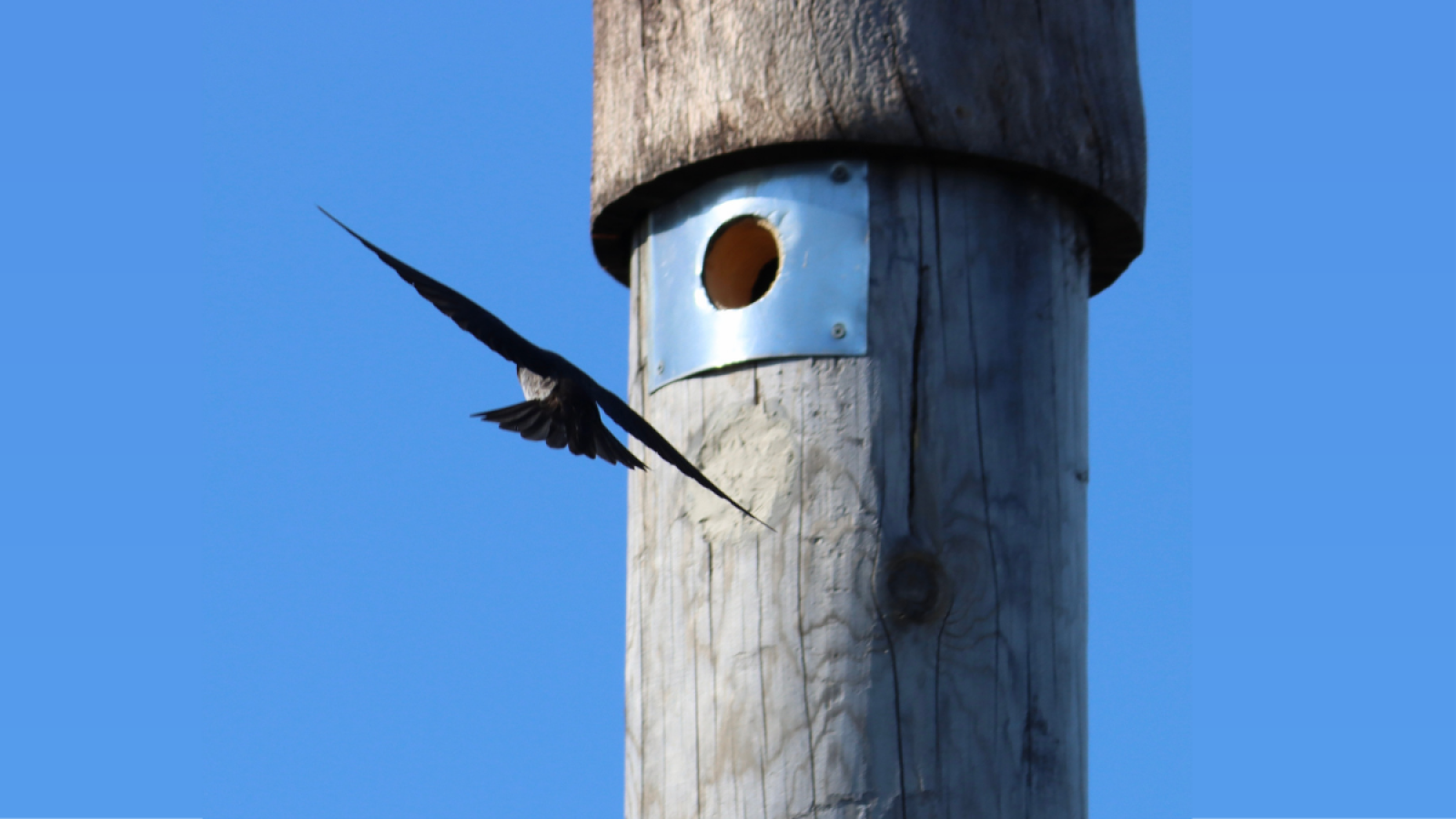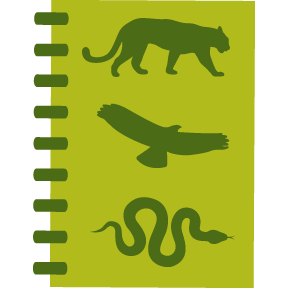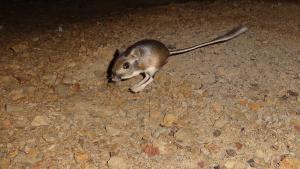Purple martins were thought to have disappeared from Santa Clara County, when Midpen staff spotted the visually striking bird in Sierra Azul, while working on the Mount Umunhum Summit. Notable for the male’s iridescent, deep blue-purple plumage and their melodic warbling birdsong, purple martins were found nesting in holes inside old telephone poles near the mountain top.
Purple martins (Progne subis) are much more common in the eastern half of the United States, where the species primarily relies on nest boxes supplied by humans for housing. However, the western subspecies (Progne subis arboricola) prefer to nest in natural structures like cavities in standing dead trees, known as snags. Competition from nonnative European starlings for suitable nesting sites led biologists to believe the species was on the verge of extirpation (localized extinction).
To help provide suitable nesting sites, Midpen launched a multiyear effort to monitor the species and enhance the health of the population by installing several nest options.
Western purple martins
- Subspecies: Progne subis arboricola
- North America's largest swallow
- Adult males feature an iridescent dark blue-purple plumage; adult females sport brown feathers and a light gray collar around its neck
- The western subspecies prefers nesting in more natural cavities, while the more common eastern variety almost exclusively relies on human-made nest boxes
- Boisterous warbling vocalizations, which sound a bit like R2-D2 (Listen here - Courtesy of USFWS)
- Agile hunters that eat large quantities of winged insects caught in mid-air
- Migratory species, typically spending winters in Central and South America
- High level of site fidelity, meaning that once they have bred successfully at a specific location, the same individuals return year after year
Helping this Species Thrive
Purple martins are a migratory species that typically spend winters in South America, and return to North America in the summer to breed. In those critical few months, the species travels north looking for suitable nesting locations out of reach from predators and abundant with dragonflies, butterflies, bees, wasps and other flying insects to feed on.
Midpen biologists teamed up with field crewmembers to begin building and installing several options of nesting habitats to determine the most enticing design. The first attempt involved putting out nest boxes, which had successfully attracted purple martins in Oregon and Washington. In Sierra Azul, the boxy design failed to attract nesting purple martins, so Midpen then designed a hollowed wooden pole that mimicked the cavities found in nature. Numerous factors were incorporated into the design, including cavity dimensions, entrance hole size and placement above the ground surface.
For the first time in 2022, purple martins were confirmed nesting in these new Midpen-built dwellings, supporting the hypothesis that the western purple martin prefers more natural habitats.
Midpen staff plans to continue to monitor the species and work with partner agencies to share expertise on the habitat enhancements.




